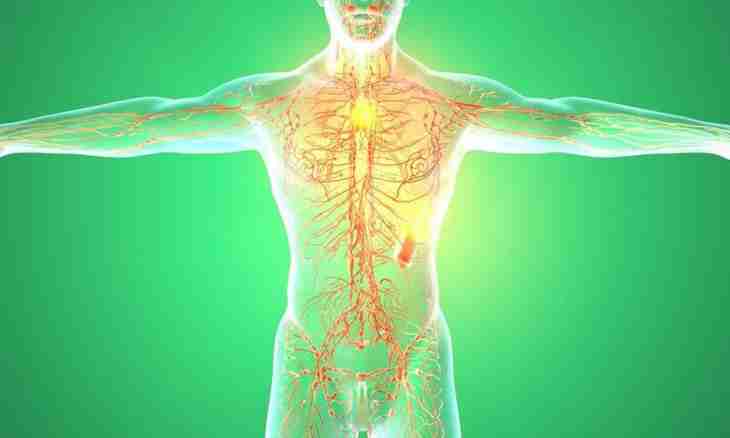The kinematics studies different types of the movement of a body with the assigned speed, the direction and a trajectory. To define its situation concerning a point of the beginning of a way, it is necessary to find movement of a body.
Instruction
1. The movement of a body happens on some trajectory. In case of the rectilinear movement it is the straight line therefore it is quite simple to find movement of a body: it to equally passable way. Otherwise it is possible to determine it by coordinates of initial and final position in space.
2. The size of movement of a material point is vector as it has the direction. Therefore, to find its numerical value, it is necessary to calculate the module of the vector connecting points of the beginning of a way and its termination.
3. Let's consider two-dimensional coordinate space. Let the body did a way from A point (x0, y0) to B point (x, y). Then, to find AV vector length, lower projections of its ends to abscissa axes and ordinates. Geometrically projections concerning that and other coordinate axis can be presented in the form of legs of a rectangular triangle with lengths: Sx = x – x0; Sy = y – y0, where Sx and Sy – vector projections on the corresponding axes.
4. The vector module, i.e. length of movement of a body, in turn, is a hypotenuse of this triangle which length it is easy to determine by Pythagorean theorem. It is equal to a square root from the sum of squares of projections: S = √ (Sx² + Sy²).
5. In three-dimensional space: S = √ (Sx² + Sy² + Sz²), where Sz = z – z0.
6. The formula is the general for any kind of the movement. The vector of movement has several properties: • its module cannot exceed length of the passable way; • the projection of movement can be both positive, and negative size while the size of a way is always more than zero; • generally movement does not coincide with a trajectory of the movement of a body, and its module is not equal to a way.
7. In that specific case the rectilinear movement the body moves only on one axis, for example, of abscissa axis. Then length of movement is equal to the difference of final and initial first coordinate of points: S = x – x0.

